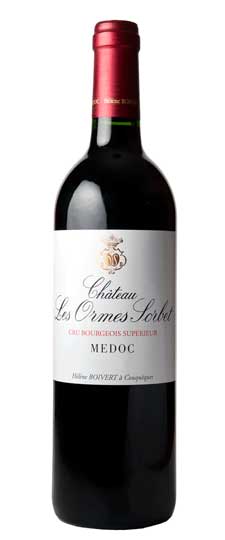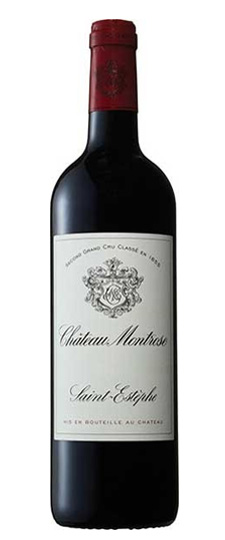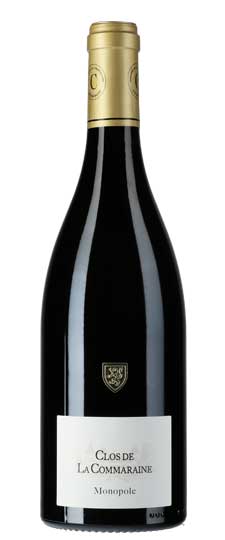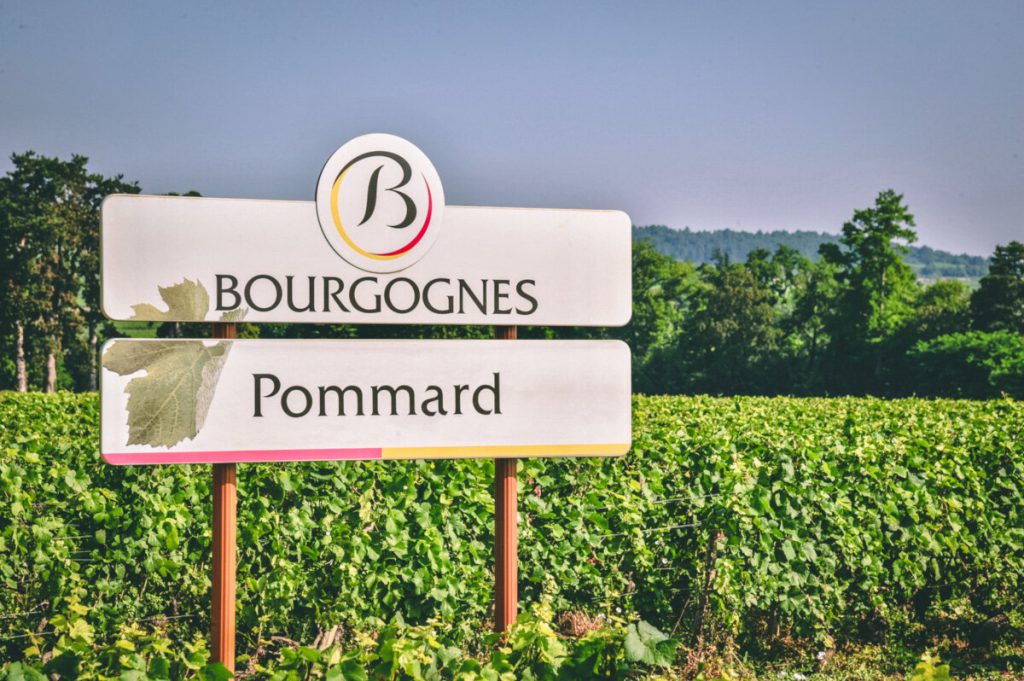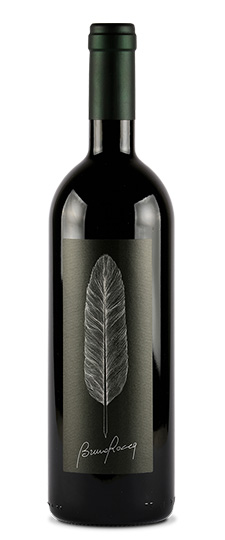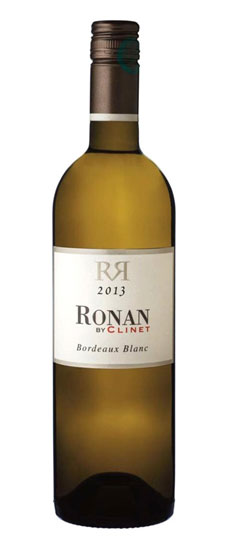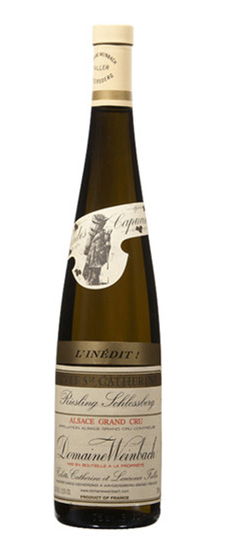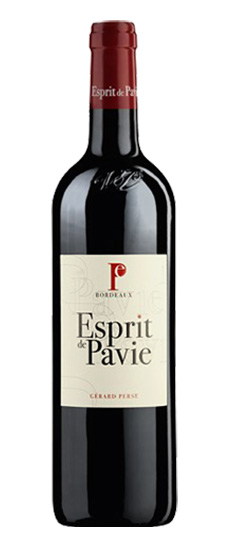Wine Score
93-94 points Vinous
The 2020 Pommard Clos de la Commaraine 1er Cru was tasted from several subplots as the final blend will not be made until later. Certainly there are inter-subplot differences so I could only get a gist of the wine though judging by the main parcels I found floral aromatics violet and iris flower with fine acidity and purity also judicious use of oak. I will taste the final blend next spring but certainly these components are promising. (Drink between 2025-2040)
90-94 points Jasper Morris
The sample was taken from all barrels not yet racked. Concentrated dark centre with crimson purple rim. The bouquet is impressive. Rich of course but with a sense of balance. Some floral top notes darker plum fruit maybe some peach too. Quite sultry. Punchy perfumed fruit some grenadine the balance of fruit/tannin/acidity works very well and the finish is very long. Excellent potential here but you will ned to enjoy very sunny fruit aromatics.
Grape Variety
Pinot Noir
In many ways, Pinot Noir is the polar opposite of Cabernet Sauvignon. Pinot Noir has thin skins not thick and makes much lighter paler wines that are not as well suited to blending or long-term aging. Cabernet Sauvignon needs extra heat to ripen fully, while Pinot Noir needs cooler conditions to retain its seductive earthy charm and falls flat in places where it gets too ripe and fruity.
Pinot Noir is probably the most frustrating, and at times infuriating, wine grape in the world. However when it is successful, it can produce some of the most sublime wines known to man. This thin-skinned grape which grows in small, tight bunches performs well on well-drained, deepish limestone based subsoils as are found on Burgundy’s Côte d’Or.
Burgundy Wine
About 200 million years ago, the region was part of a vast, tropical sea which created limestone soils. These soils are the secret behind the zesty minerality that’s the hallmark of Burgundy wines. In fact, if you venture into the vineyards you can find chunks of limestone or marl (limestone mixed with clay) that contain fascinating fossilized sea creatures mixed within.
The easiest way to wrap your brain around Burgundy is to understand that there are really only two grape varieties to remember Pinot Noir & Chardonnay. Burgundy is not only the original home of these grapes, but the “terroir” (tare-wah) that best expresses their character – elegant, aromatic, complex and highly enjoyable
- Red Burgundy is wine that is made in the Burgundy region of eastern France using 100% Pinot Noir grapes. That’s right, Red Burgundy is just a Pinot Noir.
- White Burgundy is also made in Burgundy, but, since it is white, it is made from 100% Chardonnay grapes.
Burgundy has become known for being the best land in the world for producing both Pinot Noir and Chardonnay, and it is for this reason that Burgundy wines have received such acclaim. In fact, the quality of the land is considered to be so important to the creation of red and white Burgundy, that inside the Burgundy region, vineyards are classified by four levels, depending on how exceptional it is believed one’s plot of land is for growing the grapes. When buying a bottle of Burgundy, one of these four classifications will be labeled on the bottle:
- Grand Cru – This classification is reserved for the best vineyards. Only about 2 percent of all vineyards in Burgundy receive this classification
- Premier Cru – These wines are produced from vineyards that are still considered to be of stellar quality, but just a small step down from Grand Cru. These vineyards make up about 12 percent of all vineyards in Burgundy and can also produce wines that are quite expensive.
- Village Wines – These are Burgundies that are produced from grapes sourced from several vineyards in 1 of the 42 villages of Burgundy. You will know it’s a Village wine because the name of the village where the grapes were sourced will be labeled on the bottle. These wines represent 36 percent of all Burgundy.
- Regional Wines – Finally, Regional wines are considered to be the lowest level of classification. These are wines that are created from a combination of vineyards from a variety of villages within Burgundy, as opposed to a single village, like Village wines. As such, wines of this classification will simply be labeled as a wine of Bourgone. These wines represent 50 percent of all wines produced in Burgundy.
Burgundy Wine Style
To the ‘vigneron” (winemakers/growers) Burgundy is not only the original home of these grapes, but the terroir that best expresses their character – elegant, aromatic, complex and highly enjoyable. Pinot noir from Burgundy as “Rustic” “Barnyard” or “Forest-floor”
No other wine region in the world is as well-known for its terroir as Burgundy, where vineyards that are metres apart can produce vastly different wines from the same grapes.
POMMARD
Pommard is a village in the Côte de Beaune sub-region of Burgundy famous for producing powerful and richly flavored red wines. They are made from Pinot Noir grapes, with which the commune’s vineyards are almost exclusively planted. The Pommard appellation does not cover white wines.
Wine Characteristics
Beware of preconceived notions! The fame of Pommard in the 19th century earned it the image of a wine that is both forceful and virile. In reality, time, terroir and methods of vinification have all combined to create a more subtle reality, a wine that is both richer and more sensitive. Its colour is the deep, dark red with mauve highlights which caused Victor Hugo to speak of it as “night in combat with day”. Its aromas are redolent of blackberry, bilberry, or gooseberry, cherry pit and ripe plum. Often, wild and feline notes develop with age. At full maturity, it tends towards leather, chocolate and pepper.
It needs to be given time to open up to its fullest extent and to display its mouth-filling texture, its firm but delicate structure, its fruit-filled mouth, and its chewy tannins, which by then will be properly smoothed down. A “rich” wine ? Certainly.
Situation
For centuries Pommard has been considered the typical Bourgogne: deep red in colour, powerfully aromatic, solid and trustworthy. The very name Pommard has a generous ring to it and fills the mouth as it fills the glass. Pommard with its smiling vineyards lies between Beaune and Volnay where the Côte de
Beaune makes a slight turn towards Autun. These lands formerly belonged to the Dukes of Bourgogne, to religious houses including the abbey of Cîteaux, or to old families such as the Marey-Monge family. As early as the Middle Ages, Pommard was thought of as the flower of Bourgogne wines – the wine to which all others were compared. The appellation, one of the first AOC to be so designated (1936), grows only red wines from the Pinot Noir grape.
List of “Climats et Lieux-dits” for this appellation
“Climats” classified as 1er Cru
Clos Blanc / Clos de la Commaraine / Clos de Verger / Clos des Epeneaux / Derrière Saint-JeanEn Largillière / La Chanière / La Platière / La Refène / Le Clos Micot / Le Village / Les Arvelets / Les Bertins / Les Boucherottes / Les Chanlins-Bas / Les Chaponnières / Les Charmots / Les Combes Dessus / Les Croix Noires / Les Fremiers / Les Grands Epenots / Les Jarolières / Les Perrières / Les Petits Epenots / Les Pézerolles / Les Poutures / Les Rugiens Bas / Les Rugiens Hauts / Les Saussilles
Lieux-dits
Chaffaud / Clos Beauder / Derrière Saint-Jean / En BoeufEn Brescul / En ChiveauEn Mareau / En Moigelot / La Chanière / La Combotte / La Croix Blanche / La Croix Planet / La Levrière / La Plante aux Chèvres / La VacheLe Bas des Saussilles / Le Poisot / Les Chanlins-Bas / Les Chanlins-Hauts / Les Combes Dessous / Les Cras / Les Lambots / Les Noizons / Les Petits Noizons / Les Riottes / Les Tavannes / Les Vaumuriens-Bas / Les Vaumuriens-Hauts / Les Vignots / Rue au Porc / Trois FollotsVillage

